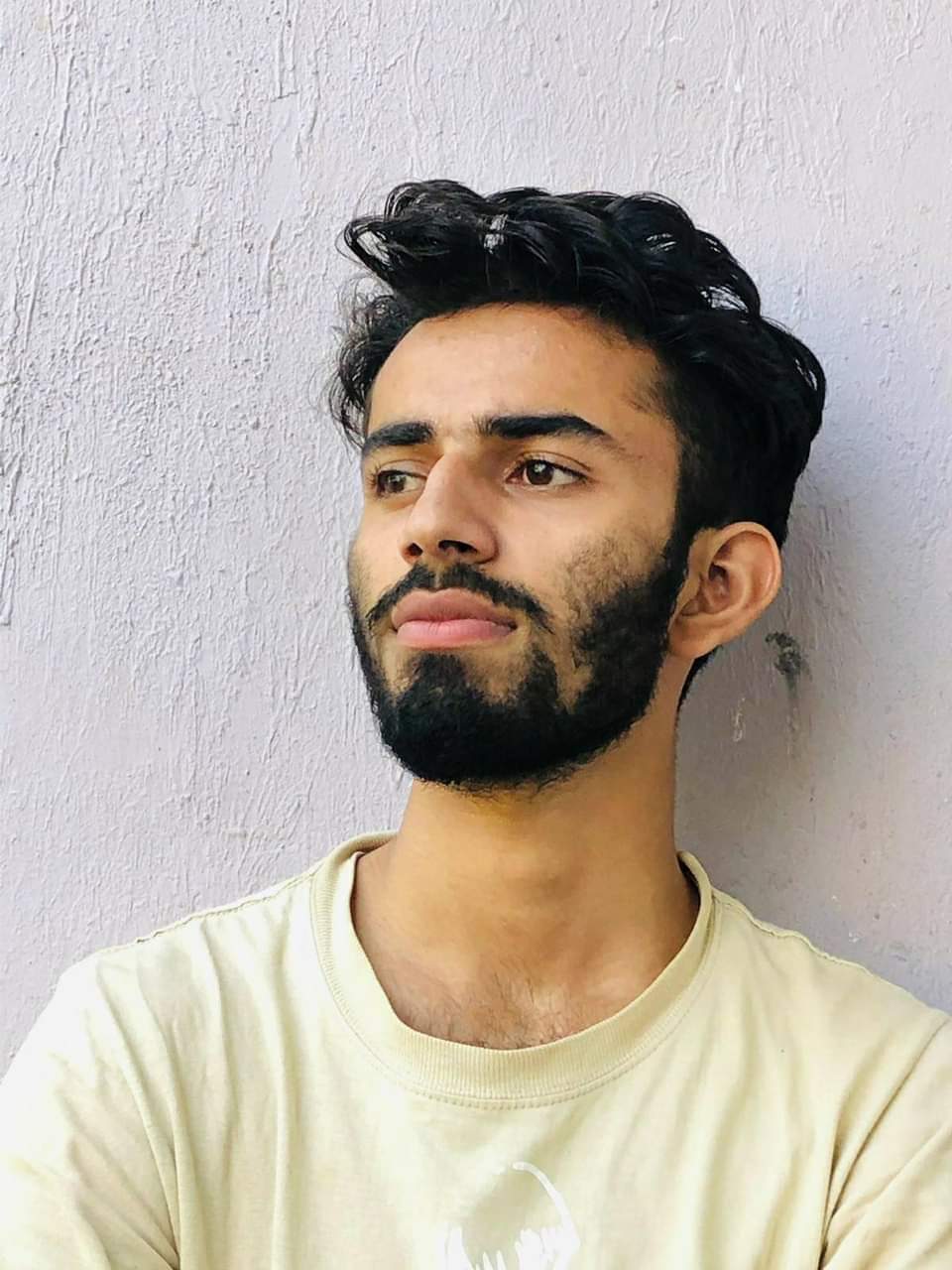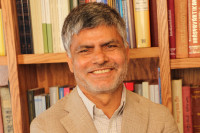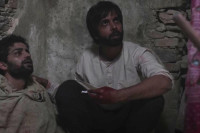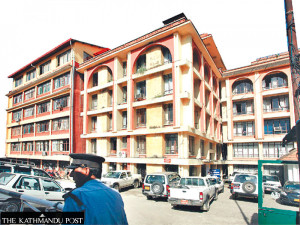Culture & Lifestyle
An informative read spoiled by unwanted details
Raamesh Koirala’s book begins with a phone call telling him that he will have to operate on the heart of Charles Sobhraj.
Sugam Gautam
When Charles Sobhraj was released from jail in Kathmandu last year in December, the media coverage caught my attention. From the snippets of conversations between friends, I had gathered that he is a serial killer, but I didn’t know much about his life. I read a few articles online to learn more about him, but it didn’t satiate my thirst. I decided to research more on Charles Sobhraj. On one of my visits to BooksMandala, I inquired if they had any books on him. Finally, I picked one written by Raamesh Koirala, a heart surgeon based in Kathmandu who had operated on Charles Sobhraj during his imprisonment. The book was titled ‘Charles Sobhraj: Inside The Heart Of The Bikini Killer’ and published in 2018.
The title was catchy, and the book was very attractive with its red hardcover. The author begins the book with his trip to a hillock, where he was phoned and told that he was required to operate on the heart of Charles Sobhraj. Koirala revealed that he was thrilled by the thought of operating on one of the most dangerous killers to have ever lived. But then, that was it. The majority of the first chapter is mostly about the trekking experience of the author. It feels like a travelogue.
It is only from the second chapter that the title of the book finds its purpose. As the book progresses and Rameesh Koirala comes in contact with Charles Sobhraj, only then will you start getting drawn to the world of Sobhraj. The author expresses his reluctance to operate on a murderer who’d killed so many innocent lives seemingly without any motive. Ironically, the author’s father-in-law served as a policeman in Tihar Jail in India, the same prison where Sobhraj had been locked up. His wife doesn’t seem too content with the news of her husband’s attempt to cure the murderer. But the author writes that he knew it was a doctor’s ethics to cure patients regardless of their background. The book carries the conversation between Charles Sobhraj and author Koirala, and the readers get mesmerised by the subtle exposure of a criminal mind.
When I picked the book from the bookshop, I had assumed it was entirely about the eventful life of Sobhraj, but I was wrong. Rather, it is the author’s own memoir rather than a tell-all story on Charles Sobhraj.
In another chapter, the author vents his anger at Ncell for refusing to pay taxes to the government. I find this context unfitting as Sobhraj and the author himself have nothing to do with Ncell. In the 200-page book, the writer, at times, mentions some odd incidents that aren’t related to Sobhraj or even himself. Author Koirala is fixated on his trekking plans and experiences, and it can get discouraging to continue reading. I got a feeling that he should have omitted those unnecessary rants because clearly, like me, the readers actually want to learn about Sobhraj and are not interested in exploring the trekking routes. The author has highlighted the Hippie Trail, where Sobhraj murdered freely-travelling ‘hippies’ to snatch their passports and money.
Author Koirala has also mentioned Jhochhen Tole (now known as Freak Street in Basantapur), an alleged hub for cannabis in the 1960s. Though not very connected to the Sobhraj story, it helps readers learn about the old days when ‘hippies’ meandered through the mystic alleys of Kathmandu. However, as a reader reading solely to know Sobhraj’s history, I felt that the writer should’ve stuck to the material promised by the sensationalising title.
In the book, Koirala moves back to narrate the bygone period, and at times, he casts a light on the current political and economic scenario. The book is as much about contemporary Nepal as it is about Sobhraj’s stay in Gangalal Hospital. In a chapter called ‘The quest for the answer’, the author writes about how Nepali people and politicians were growing resentful towards India. He highlights the negative social sentiments after the economic blockade imposed by India. These details don’t make sense to me, and I doubt if one wants to feed oneself with the geopolitical information while reading the book written on a notorious figure like Charles Sobhraj.
Nevertheless, one can give credit to Koirala who has researched quite a lot about the serial killer, though these details only surface in the middle phase of the book. Sobhraj’s childhood was disturbing and traumatic, and the author believes that the harrowing experiences have somehow led Sobhraj to the realm of crime. A term called ‘narcissist’ has been used by the writer to describe Charles Sobhraj. According to the writer, narcissist people always want to be the centre of attention and, in the process, end up doing harmful things. Koirala hints that a sense of belonging makes a person empathetic and compassionate. In the case of Sobhraj, a lack of emotional support fueled his criminal psyche, making him commit a crime one after another.
In many instances, the book gets very tedious to read. It delves into completely off topic matters. For instance: the hardship endured by the author during his trek, MS Dhoni’s career statistics, among others. Koirala keeps on rambling on MS Dhoni, his favourite cricketer. What was the point of mentioning his favourite cricketer in a book that has been written to deliver the readers with unsettling information about the cold murderer? If you want to learn about criminal psychology, particularly of Charles Sobhraj, I guess you can start with this book. But it won’t have all the answers.
Charles Sobhraj: Inside The Heart Of The Bikini Killer
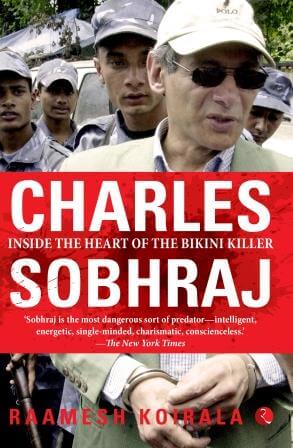
Author: Raamesh Koirala
Year: 2018
Publisher: Rupa Publications




 19.61°C Kathmandu
19.61°C Kathmandu

